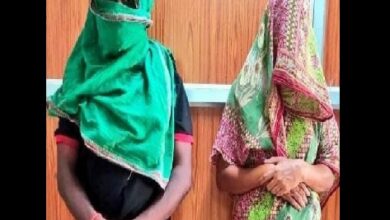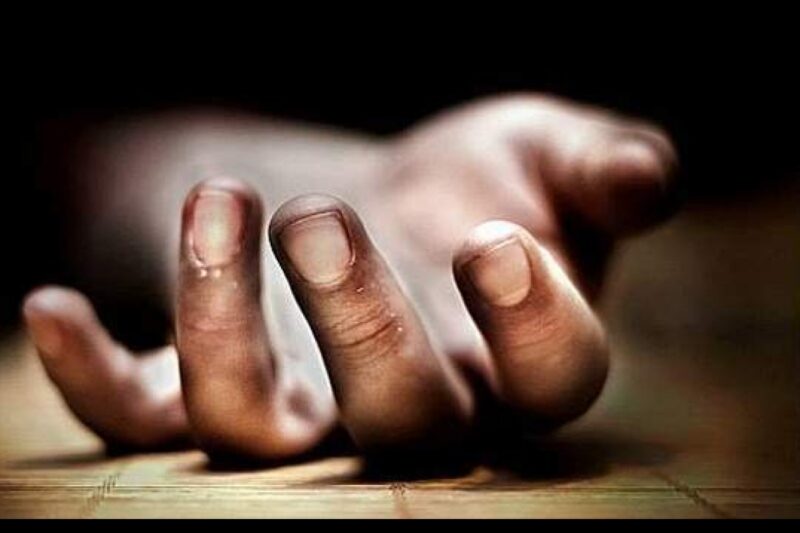Satabhaya’s sorrow, a tragic tale of Odisha dates back to 52 years

By D N Singh
Even today if there is a flutter of a wave in the Bay of Bengal, people of Satabhaya jump from the sleep and scurry for safety. So menacing was the night when 52 years back the surging tides of the sea devoured seven vollages at one go and leaving hundreds of families go rootless.

It’s a struggle between man and sea. Back in 1971, a tidal surge triggered by a tropical cyclone invaded 16 villages on the coast of Kendrapara district in Odisha, sweeping away more than 700 people and causing immense destruction. Ever since, the advancing Bay of Bengal has been eating into human habitations, razing houses and destroying villages.
The worst affected are the people of the Satabhaya gram panchayat, enduring nature’s fury for decades, much before the word “climate change” entered the public discourse. Once a cluster of 16 revenue villages spread over 3,440 acres of land, the panchayat has been reduced to a few hamlets. Mohanpura, Sanagahirmatha, Paramnandapura, Kaduanasi and Sahebnagar have already gone under. The advancing sea sand has swallowed substantial portions of another eight villages.
Satabhaya, or a cluster of seven villages, once a bustling area now has no sign of livelihood for as far as the eye can see. Everything that stood here, was been washed away due to costal erosion.

“Around 6 six years ago, my 2-acre land became infertile. After the rehabilitation, our family moved to Bagapatia, but I stayed back because it is difficult for all of us to live in the house built on a 10 decimal plot” recalls a survivor.
After Cyclone Fani hit Odisha’s coast on May 3, 2019, Prafulla Lenka finally realised it was not safe for his family to stay in the three-room thatch-roofed hut near the picturesque beach anymore. The location of the dwelling: Satabhaya village at Rajnagar block in Odisha’s coastal Kendrapara district.
Though the cyclone unleashed its entire wrath on Puri district and left Kendrapara relatively unscathed, Lenka, 47, shifted to an abandoned concrete structure, which used to be the Satabhaya gram panchayat office, 150 metres away from his house.
In June, he dismantled his hut: “There is no point in keeping it because it would have anyway been washed away by the sea. At least, I will be able to use materials like logs and planks in erecting the shed for my livestock.” said another.
The shifting confusion lingered and people were to shift to two patches, mainly Okilapal and Bagapatia for which hundreds of acres of precious Mangrove forest were razed. The existing few at Satabhaya somehow remain looking at the sky and the sea.
Now
Now after almost half a century, the State government has, perhaps waken up to create some alternative shelters for the people affected.
Odisha to build India’s first resettlement colony for climate change victims now. To build a fool proof model colony for the displaced villagers to be built in Kendrapada’s Bagapatia area at a whopping cost of Rs.22.6 crore.
The only testimony that is visible till date is a hand-pump now virtually on the shores( once a village) that has become a poster-boy for a catastrophe 50 years back. The height of the pump speaks how deep has become the erosion propelling the hand pump to almost 15-16 ft high/






